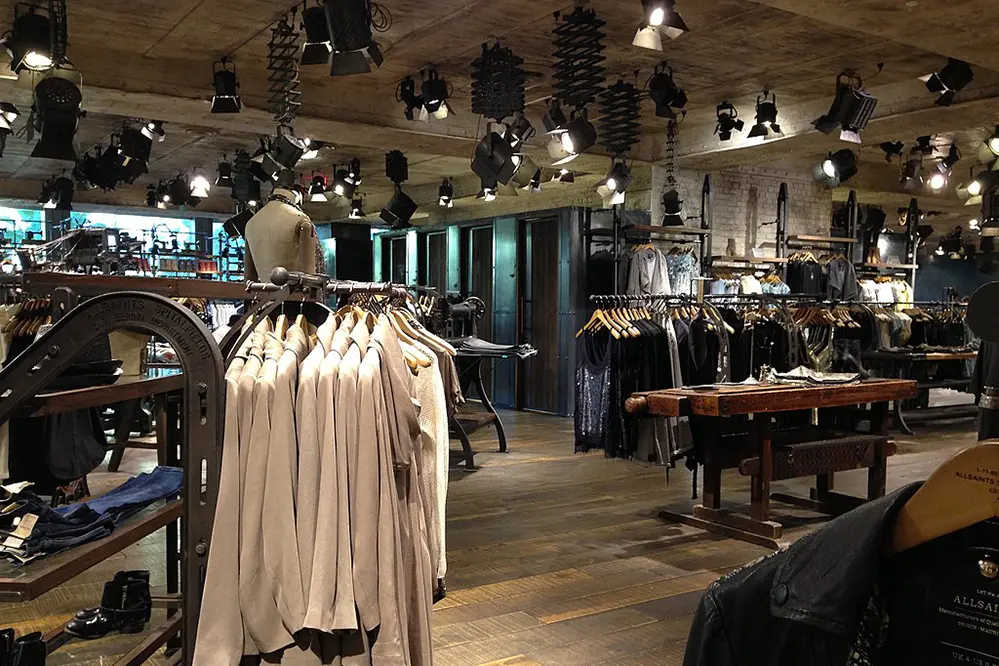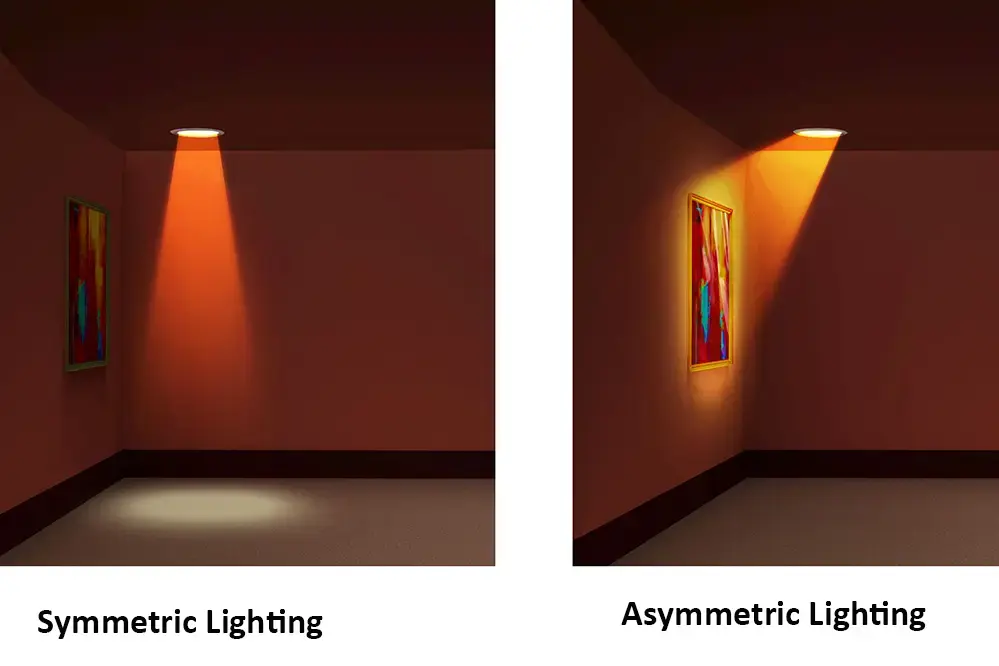Under cabinet lighting has become an essential feature in modern kitchens and workspaces, providing both functional and aesthetic benefits. Whether you’re cooking, reading recipes, or simply looking for a sleek way to illuminate your countertops, choosing the right under cabinet lights can make a significant difference. This comprehensive guide will walk you through everything you need to know about selecting and installing the best under cabinet lights, ensuring you achieve the perfect blend of style and functionality.
Understanding Under Cabinet Lighting
Types of Under Cabinet Lights
When it comes to under cabinet lighting, there are several types to choose from. Each type has its own set of benefits and is suitable for different needs and preferences. Here are the primary types of under cabinet lights:
LED Puck Lights
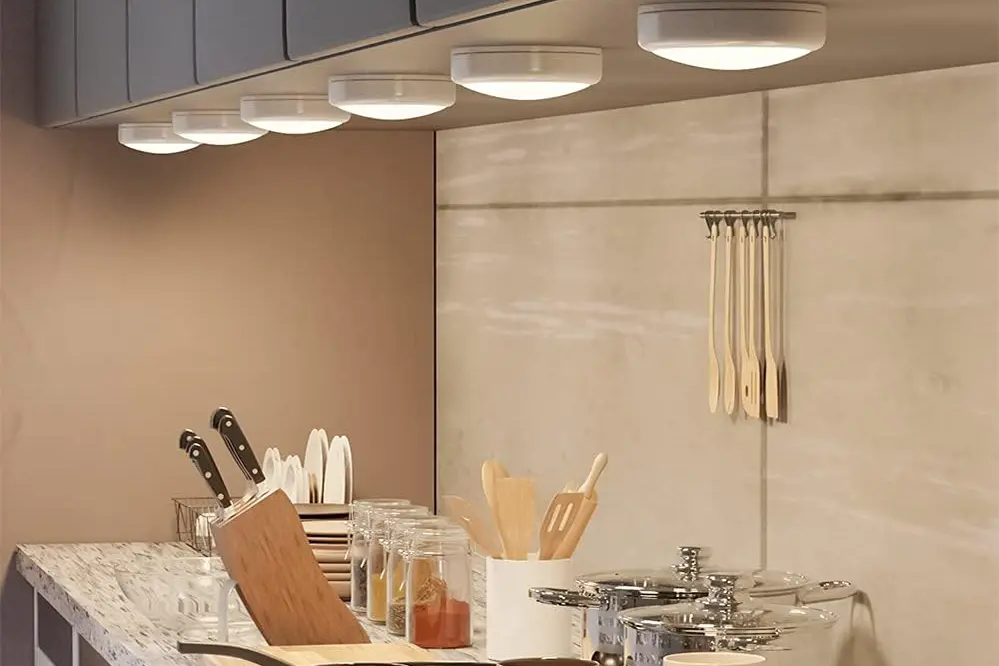
LED puck lights are small, round fixtures that provide focused, direct light. They are ideal for highlighting specific areas under your cabinets, such as cutting boards or decorative displays. LED puck lights are energy-efficient, long-lasting, and come in various color temperatures, allowing you to customize the ambiance of your space. Additionally, they are easy to install and often come with adhesive backing or mounting screws for versatile placement.
LED Strip Lights
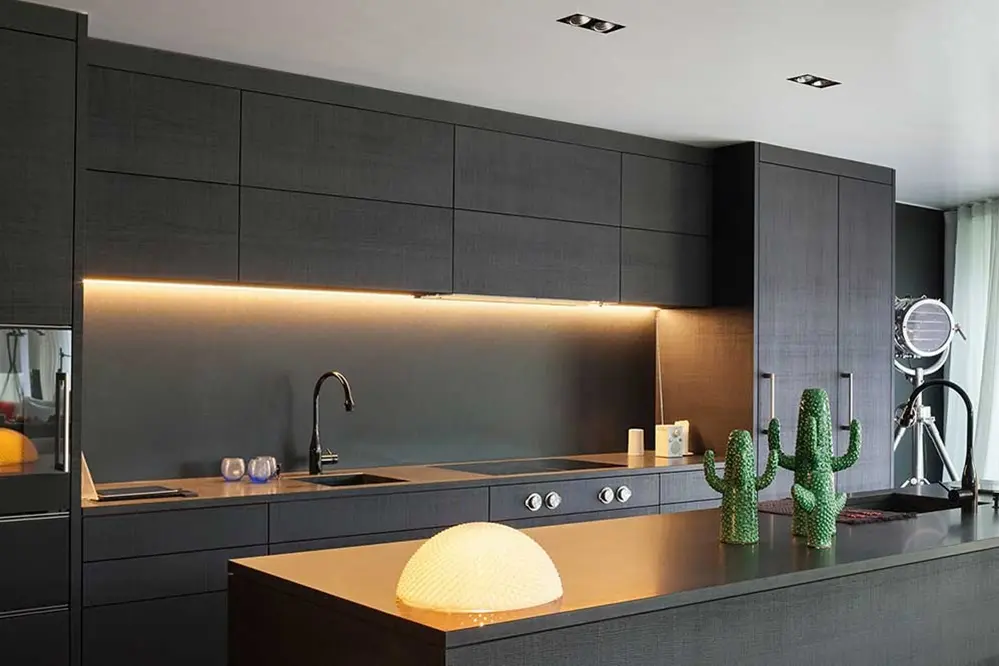
LED strip lights are flexible, adhesive-backed strips that can be cut to fit any length. They offer continuous, even lighting and are perfect for illuminating long stretches of countertops. LED strip lights are highly versatile, easy to install, and available in both plug-in and hardwired options. They can be installed under cabinets, along shelves, or even inside drawers, making them an incredibly adaptable lighting solution. Some models also offer color-changing options, allowing you to set the mood with different hues.
LED Light Bars
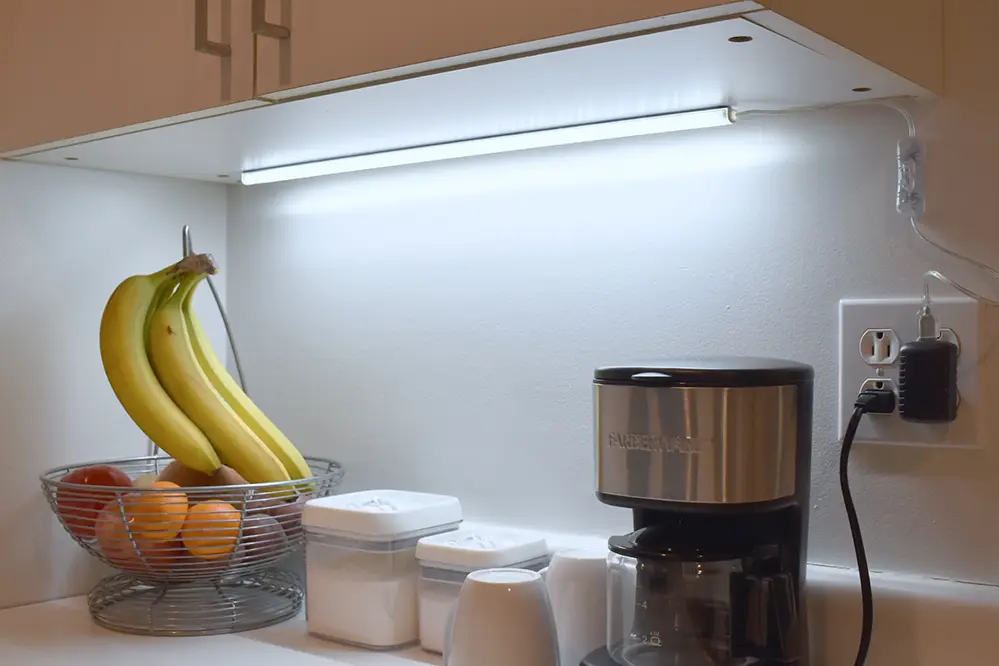
LED light bars are rigid, linear fixtures that provide bright, uniform light. They are typically installed at the back of the cabinet and can be daisy-chained for longer runs. LED light bars are a great choice for achieving a modern, streamlined look and are available in various lengths and wattages. Their sleek design makes them almost invisible once installed, yet they provide ample illumination for your workspace. Many LED light bars also feature built-in dimmers and motion sensors for added convenience.
Fluorescent Lights
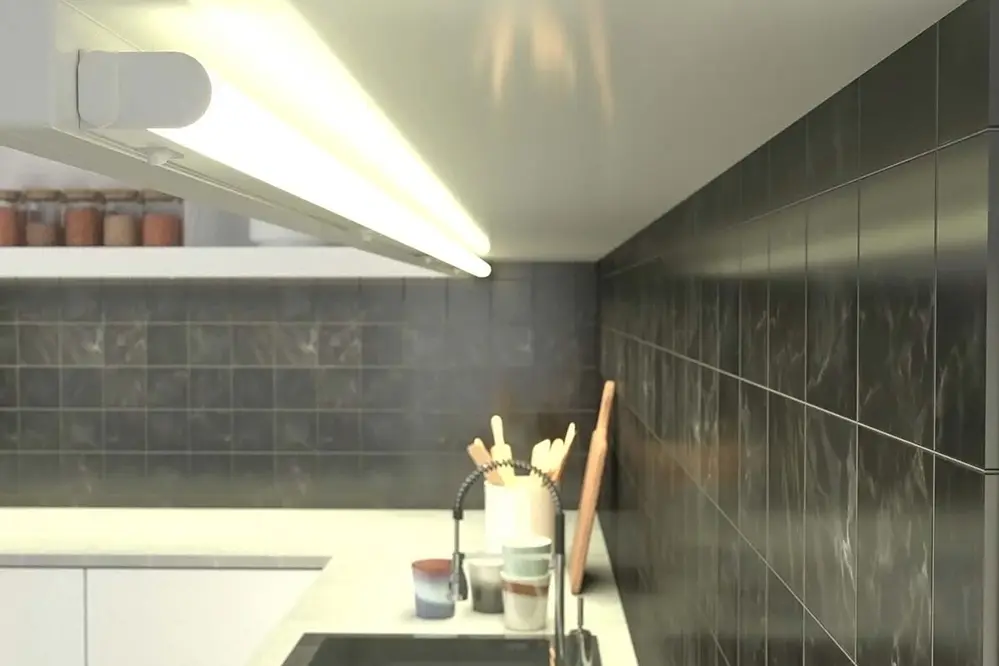
Fluorescent lights are a traditional option for under cabinet lighting. They provide bright, efficient light and are available in different sizes and shapes. However, they can sometimes produce a harsher light compared to LEDs and may require more frequent bulb replacements. Despite this, fluorescent lights remain a popular choice due to their cost-effectiveness and ability to cover large areas with consistent illumination.
Halogen Lights
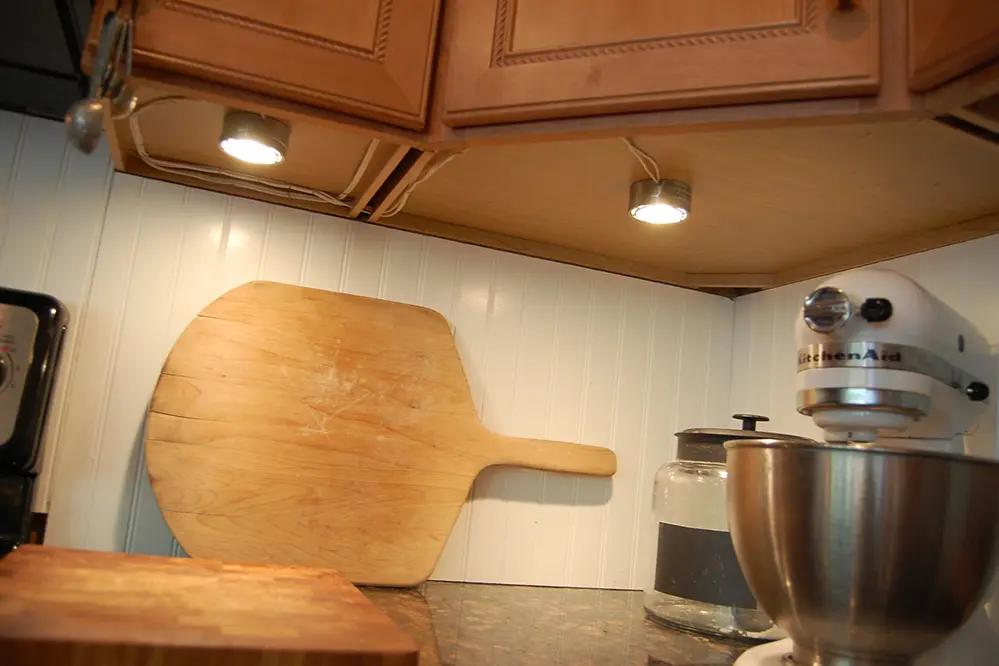
Halogen lights produce a warm, natural light that is excellent for task lighting. They are small, compact, and offer good color rendering. However, halogen lights can generate a significant amount of heat and are less energy-efficient compared to LEDs. They are often used in kitchens where a more traditional lighting feel is desired, but care must be taken to ensure adequate ventilation to dissipate the heat they produce.
Xenon Lights
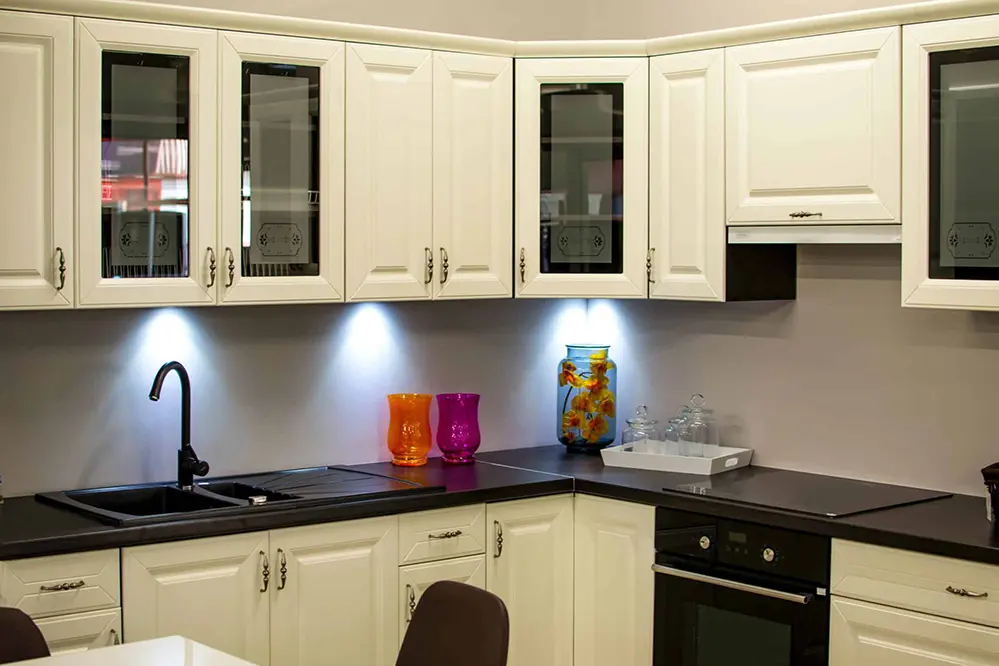
Xenon lights are similar to halogen lights but produce less heat. They offer a warm, inviting light and have a longer lifespan than halogen bulbs. Xenon lights are a good middle ground between halogen and LED options, providing a balance of warmth and efficiency. They are ideal for spaces where a cozy, ambient light is preferred without the excessive heat output of halogen bulbs.
Benefits of Under Cabinet Lighting
Under cabinet lighting offers numerous advantages, making it a worthwhile investment for any home. Here are some key benefits:
Improved Kitchen Visibility
Under cabinet lighting provides direct illumination to your countertops, reducing shadows and improving visibility. This makes cooking, chopping, and reading recipes easier and safer. Adequate lighting can prevent accidents by ensuring you can see clearly what you’re doing, especially when handling sharp knives or hot appliances.
Enhanced Aesthetics
Well-placed under cabinet lights can enhance the overall look of your kitchen. They add a layer of depth and dimension, highlighting your countertops and backsplash, and creating a warm, inviting atmosphere. Whether you prefer a modern minimalist look or a cozy rustic feel, under cabinet lighting can complement and enhance your kitchen’s design.
Energy Efficiency
Modern under cabinet lights, especially LED options, are highly energy-efficient. They consume less power and have a longer lifespan compared to traditional lighting options, helping you save on energy bills and reduce your carbon footprint. LEDs, in particular, use up to 75% less energy than incandescent bulbs and can last up to 25 times longer, making them a sustainable choice for your home.
Choosing the Best Under Cabinet Lights
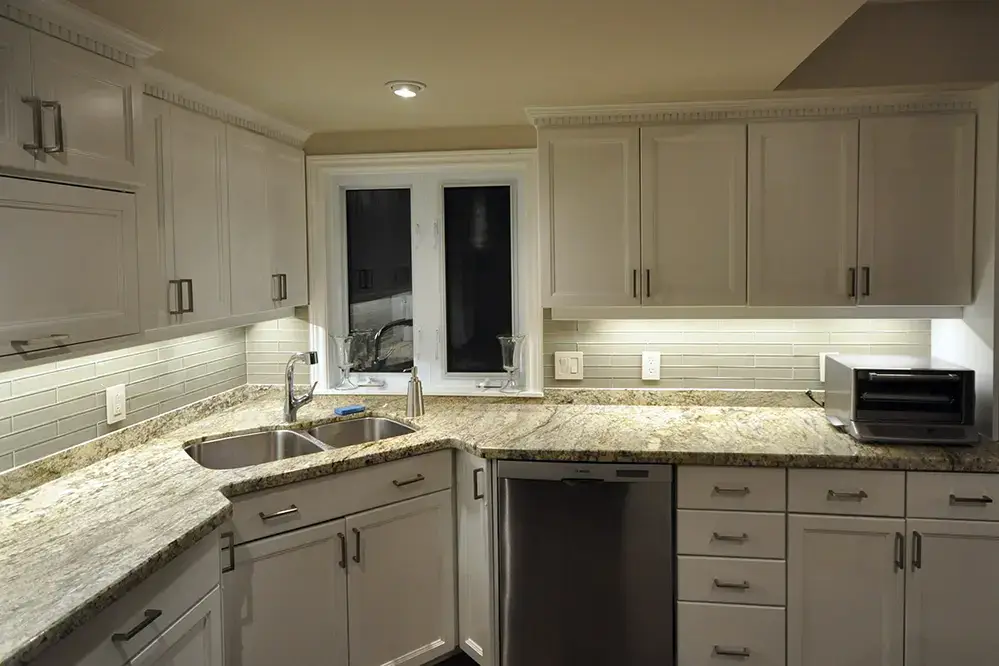
Selecting the right under cabinet lights involves considering several factors to ensure they meet your needs and preferences. Here’s what you need to keep in mind:
Key Factors to Consider
Light Quality and Color Temperature
The quality of light and its color temperature can greatly impact the functionality and ambiance of your space. LED lights come in various color temperatures, ranging from warm white (2700K) to cool white (5000K). Choose a color temperature that complements your kitchen’s design and provides the desired level of brightness. Warm white is ideal for creating a cozy, inviting atmosphere, while cool white is better for task-oriented areas where bright, clear light is needed.
Power Source and Wiring
Under cabinet lights can be either plug-in or hardwired. Plug-in lights are easier to install and do not require an electrician, making them a good choice for DIY projects. Hardwired lights, on the other hand, offer a cleaner, more professional look but may require professional installation. Consider your comfort level with electrical work and whether you prefer a temporary or permanent lighting solution.
Size and Placement
Consider the size and placement of your lights to ensure even illumination. Measure the length of your cabinets and choose lights that fit well and cover the entire area. Placement is crucial; install lights towards the front of the cabinets to minimize shadows. For optimal coverage, space the lights evenly and ensure they are positioned to illuminate key work areas without creating glare.
Dimming Capabilities
Dimmable lights allow you to adjust the brightness to suit different tasks and moods. This flexibility can enhance both the functionality and ambiance of your kitchen. Ensure that your chosen lights are compatible with dimmer switches. Dimming capabilities can also extend the life of your lights and save energy by reducing the overall power consumption.
Comparing Different Brands and Models
With numerous brands and models available, it’s important to compare your options to find the best fit. Here’s how to go about it:
Brand Reputation
Look for reputable brands known for their quality and reliability. Established brands often provide better customer support and warranties, ensuring you get the best value for your money. Brands like Philips, GE, and Kichler are well-regarded in the lighting industry and offer a range of under cabinet lighting solutions.
Customer Reviews
Read customer reviews to gain insights into the performance and durability of the lights. Reviews can highlight common issues and help you make an informed decision. Pay attention to reviews that mention the ease of installation, light quality, and longevity to get a comprehensive understanding of the product.
Price vs. Quality
While it’s tempting to go for the cheapest option, investing in high-quality lights will pay off in the long run. Consider the balance between price and quality to ensure you get durable, efficient, and aesthetically pleasing lights. Higher-priced models often come with advanced features like dimming, color changing, and smart home compatibility, which can enhance your overall experience.
DIY vs. Professional Installation
Deciding whether to install the lights yourself or hire a professional depends on your comfort level and the complexity of the installation.
Pros and Cons of DIY
DIY installation can save you money and give you a sense of accomplishment. However, it requires some basic electrical knowledge and tools. If you’re confident in your skills, DIY can be a rewarding option. DIY projects also allow you to customize the installation process to fit your specific needs and preferences.
When to Hire a Professional
If the installation involves hardwiring or if you’re unsure about the process, it’s best to hire a professional. A licensed electrician can ensure the installation is safe and up to code, giving you peace of mind. Professional installation may be more costly, but it guarantees a polished, professional finish and can prevent potential electrical issues down the line.
Installing Under Cabinet Lights
Proper installation is key to achieving the best results from your under cabinet lights. Follow these steps for a successful installation:
Tools and Materials Needed
Before you start, gather all the necessary tools and materials. Here’s a checklist:
List of Essential Tools
• Measuring tape
• Pencil
• Level
• Screwdriver
• Wire strippers
• Drill
• Screws and anchors
Safety Equipment
• Safety glasses
• Gloves
• Voltage tester
Step-by-Step Installation Guide
Planning the Layout
Plan the layout of your lights to ensure even illumination. Mark the positions where you’ll install the lights, keeping them towards the front edge of the cabinets to avoid shadows. Consider the placement of power sources and ensure you have enough cable length to reach them.
Measuring and Marking
Measure the length of your cabinets and mark the positions for the lights. Use a level to ensure your markings are straight and even. Accurate measurements and markings are crucial for a professional-looking installation.
Installing the Lights
Follow the manufacturer’s instructions to install the lights. For plug-in lights, simply mount the fixtures and plug them into an outlet. For hardwired lights, turn off the power at the circuit breaker, connect the wires, and secure the fixtures. Ensure all connections are tight and secure to prevent any electrical issues.
Connecting the Power
Once the lights are installed, connect them to the power source. Use a voltage tester to ensure the power is off before making any connections. If you’re hardwiring the lights, follow the wiring diagram provided by the manufacturer. Secure the connections with wire nuts and electrical tape, then turn the power back on to test the lights. Ensure everything is working correctly before finalizing the installation.
Troubleshooting Common Issues
Flickering Lights
Flickering lights can be caused by loose connections, incompatible dimmer switches, or faulty bulbs. Check the connections and ensure the dimmer switch is compatible with your lights. If the problem persists, replace the bulb or consult an electrician.
Uneven Lighting
If the lighting is uneven, adjust the placement of the lights or add more fixtures to cover the entire area. Ensure the lights are evenly spaced and positioned correctly. Consider using diffusers or light guides to spread the light more evenly across the countertop.
Electrical Problems
If you encounter any electrical issues, such as tripped breakers or faulty wiring, consult a licensed electrician to resolve the problem safely. Never attempt to fix electrical issues yourself if you’re unsure about the cause or solution.
Maintaining Your Under Cabinet Lights
Proper maintenance ensures your under cabinet lights remain functional and attractive. Here are some tips:
Regular Cleaning Tips
Dust and grease can accumulate on the lights, reducing their brightness. Clean the fixtures regularly with a damp cloth and mild detergent to keep them shining brightly. Avoid using harsh chemicals that can damage the lights or affect their performance.
Replacing Bulbs and Parts
Over time, bulbs and other parts may need replacement. Keep spare bulbs on hand and follow the manufacturer’s instructions for replacing them. If any parts are damaged, contact the manufacturer for replacements. Regularly inspect the lights for signs of wear and tear to ensure they remain in good working condition.
Upgrading to Newer Technology
Lighting technology is constantly evolving. Consider upgrading to newer, more efficient lights as technology advances. Newer models may offer better energy efficiency, improved brightness, and advanced features such as smart home compatibility. Upgrading can enhance the functionality and aesthetics of your kitchen, making it a more enjoyable space to work and live in.
Conclusion
Choosing and installing the best under cabinet lights can transform your kitchen, enhancing both its functionality and aesthetics. By understanding the different types of lights, considering key factors, and following proper installation and maintenance practices, you can achieve a well-lit, inviting space. Remember, the right lighting not only illuminates your countertops but also adds a touch of elegance and sophistication to your home. So take your time, explore your options, and light up your kitchen with the perfect under cabinet lights.
We hope this guide has been helpful in your journey to finding and installing the best under cabinet lights. If you have any questions or experiences to share, we’d love to hear from you in the comments section below. Your insights and feedback are invaluable to us and our readers. Happy lighting!

